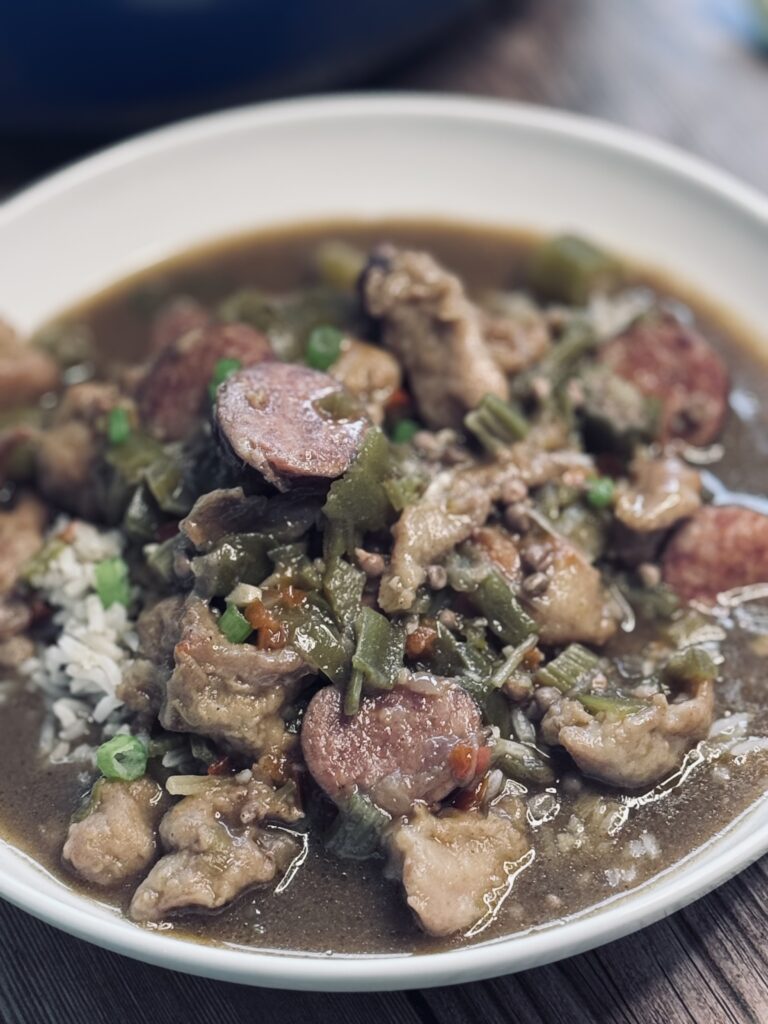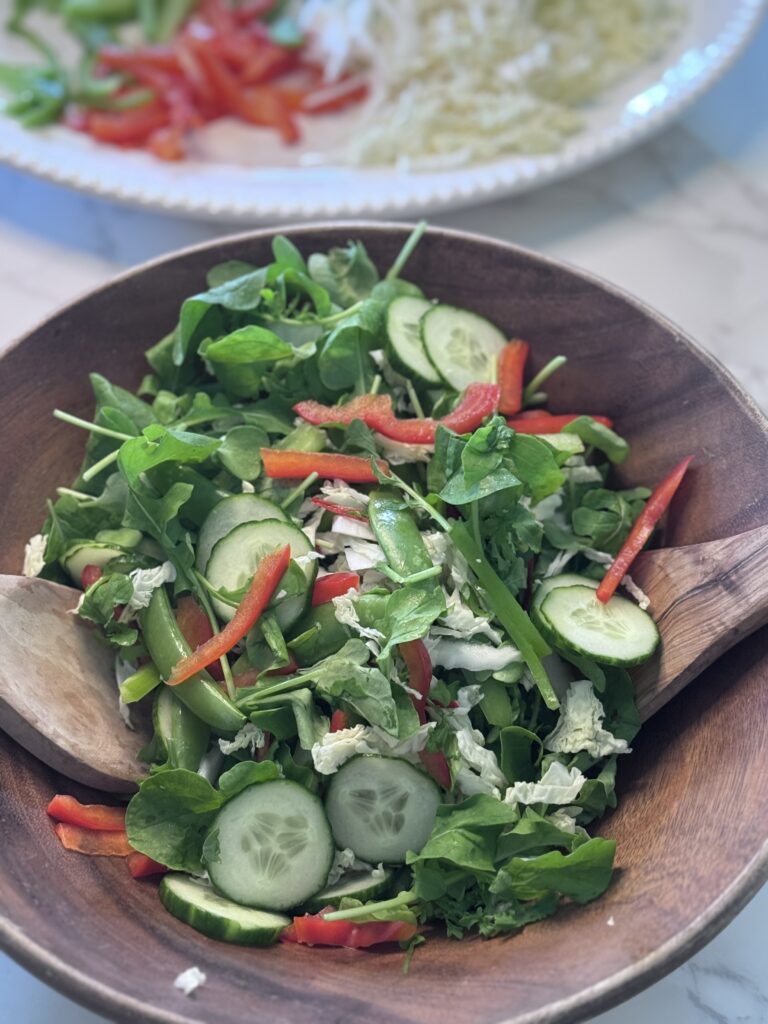Analyzing the meat section of your grocery store can be confusing for some. Then you have to bring it home to cook, which for some, can be quite intimidating to cook.ch for some, can be quite intimidating to cook. Yes, meat anxiety is real for some people.
Steaks come in a variety of cuts, flavors, price points, and cooking method. Ask anyone and they swear that their cooking produces the best steak ever. I am one of those people. I swear by my method, and no one can convince me otherwise. This Sous Vide Steak Recipe and guide will show you everything you need to know about picking your steaks and cooking your steak.
STEAK 101: HOW TO CHOOSE THE RIGHT STEAK
Things to Consider
In my opinion, a well-marbled ribeye is the best cut. But for those who need a bit more education, here is a quick guide to help you choose the best cut for you.
Grade: The USDA grades all beef sold in the US as a way to identify quality. “Prime” is the highest ranking grade, making it the most expensive. This is because the Prime beef is well-marbled, leading to rendered fat. The fat makes it tender and more flavorful. After that, it’s Choice, Select, and Standard. As you move down the grades, the quality and standard also decreases.
Marbling: As mentioned above, the. marbling leads to an exceptional flavor profile. As the steak cooks, the. marbling melts down and adds a great deal of flavor. Avoid any steaks with minimal marbling or if the fat has a brown or yellow tint (a sign of old, dry meat). Also, avoid any meat with large clumps of fat within the flesh, which can be greasy and cause flare-ups during cooking.
Color: The flesh of the meat should have a rich pink or light cherry appearance. The freshest cuts are a pale red color.
Thickness: Nobody wants a thin steak. Choose a steak that is at least 1 inch thick. I like a 2-inch steak but if you are new to cooking steaks, I suggest a 1-inch. As you master your technique, move to different sizes and different cooking methods.

CHOOSING THE RIGHT CUT
Different cuts of steak vary in texture, flavor, and marbling depending on the different parts of the cow. Below are some common cuts. The top three are the most popular and most common on menus at steakhouses due to their quality and texture. T-bone and ribeyes have a stronger beef flavor, while filet mignon is more mild.
T-Bone: this is also known as Porterhouse and consists of two steaks in one—strip steak on one side and tenderloin on the other. Keep in mind the tenderloin side will cook faster so be careful when cooking this cut, making this more difficult to cook. This is also on the pricier side so save this for a special occasion, like a date you want to impress.
Ribeye: this is my favorite cut. The cut comes from the prime rib area, as the name suggests. You can get this bone-in or boneless, with the latter being more expensive. The ribeye contains an incredible amount of fat content, making for a flavorful experience. The fat content makes it a great choice for grilling, keeping it juicy as it cooks. While not the most expensive, it is a bit less expensive per pound than most other cuts. I would say cook this for someone you like and want more from.
Filet Mignon: one of the more popular cuts, the filet is a lean and tender cut of beef from the small end of the tenderloin. Most filets are between two and three inches, making this perfect for the grill. Even though it lacks marbling, it is more on the expensive side. Because of the lack of marbling, this pairs well wrapped in bacon or cooked in butter. This would be ideal for a date you really, really like and hope to move things forward.
Top Sirloin: this affordable cut has a rich flavor that outweighs its less tender texture. The sirloin comes from the rear of the animal, a very muscular area making it less tender than other cuts. It does very well on the grill because the grill flavor lends itself well to the steak flavor. Brush with olive oil, a dash of salt and pepper, and grill to medium rare to produce the right amount of flavor. This cut would be ideal for a large cookout where you are trying to impress your date’s family.
Strip Steak: this cut is what makes up one side of the T-bone, cut right behind the rib area. This cut is more affordable than the T-bone, filet mignon, ribeye, and others. Look for a 1 1/2-inch thick steak for the best result and cook to medium rare. This cut would be best for someone you want to break up with and hope they would do it for you.
Flank Steak: this cut is best used in marinade, making it an excellent option for fajitas, steak sandwiches, or stir fry. This cut is very lean, making it sometimes challenging to cook. Cook this too long and you will get a tough, chewy texture that is not great to eat. Cook this when you just want to be friends with your date.
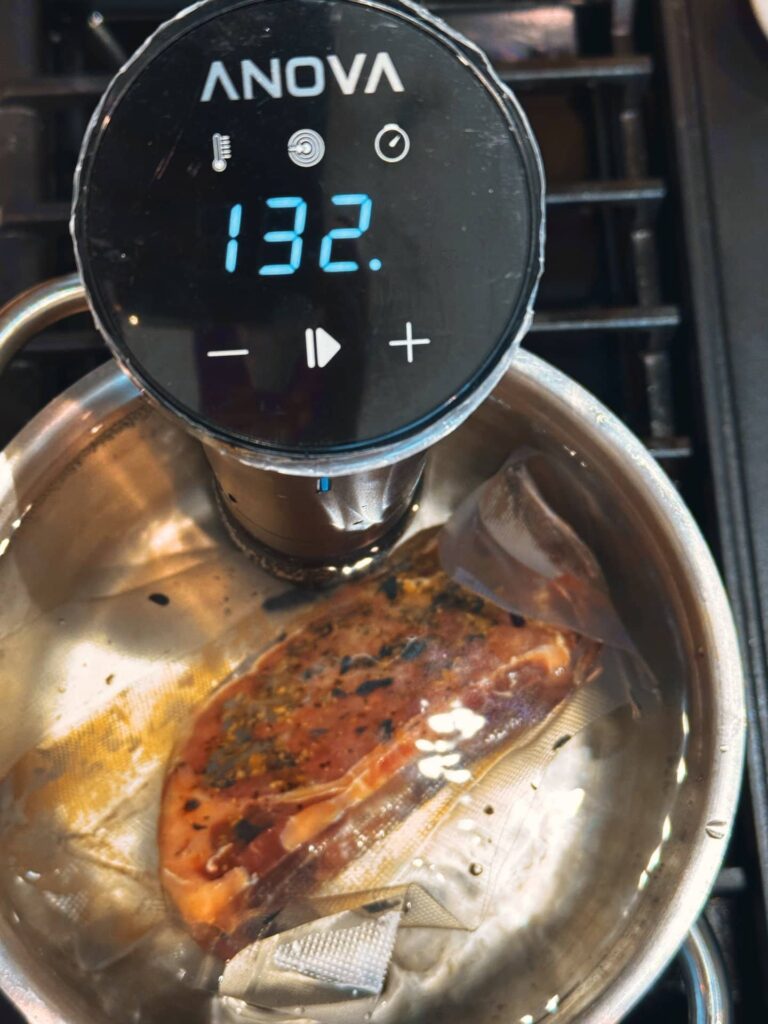
OTHER CONSIDERATIONS
Grass Fed
Grass-fed means beef means the cows were fed on a diet of grass. Cows that are traditionally raised on corn and wheat have a higher fat content than grass-fed beef. As a result, grass-fed beef are more leaner due to the natural diet. Due to the lower fat content, you may run into the risk of drying out your meat if overcooked. This is best cooked on the rare side.
Certified Angus
Angus refers to a breed of cattle that is most commonly bred in the US. Angus cattle develop more intramuscular fat (marbling), making it tender and full of flavor. To be stamped as Certified Angus, the cut must fall between Prime and Choice.
Wagyu
Wagyu cattle originated in Japan, appearing in the US in the 1970s. Its genetic origins can be traced back 35,000 years. Wagyu’s consumption has steadily increased in the US as both chefs and consumers began to demand this tasty and decadent class of beef.
Dry Aged
Aged steaks are worth looking into. As the name implies, the steak is aged in a highly controlled and regulated environment, increasing the tenderness and flavor profile. The longer it ages, the more concentrated and evolved the flavor gets.
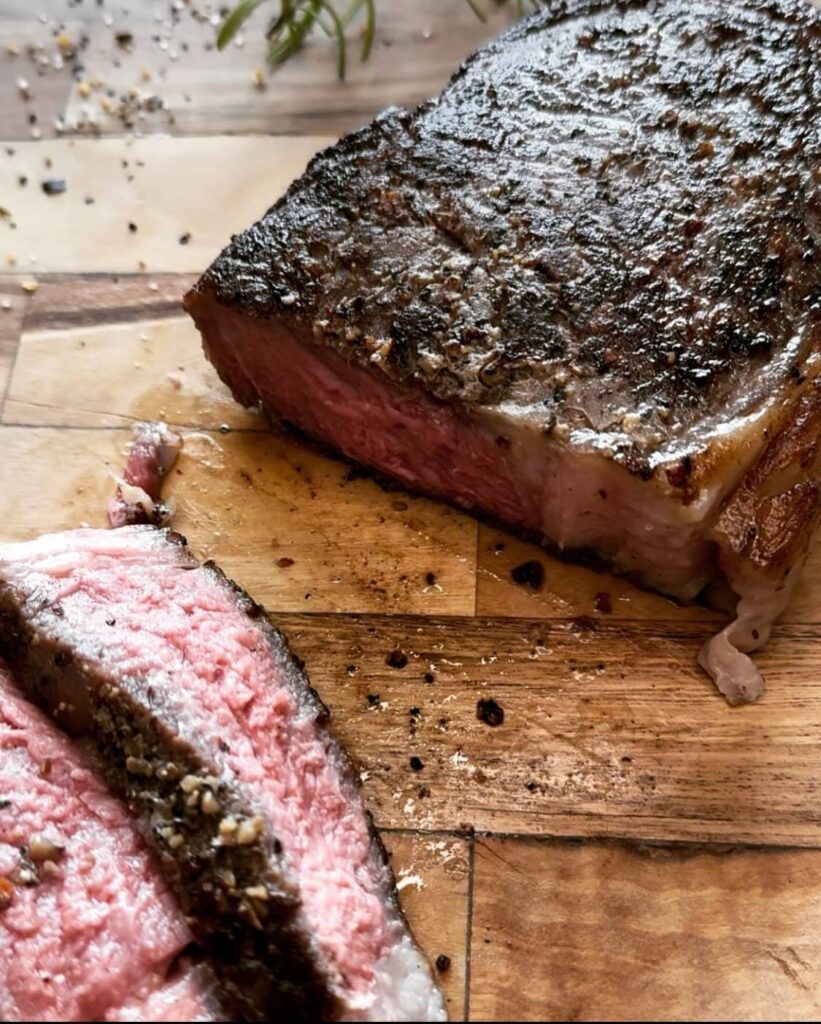
SOUS VIDE
While there are several ways to cook a steak, I believe in my humble opinion that the sous vide method is the BEST method. This fail-proof method prevents anyone from overcooking the steak. Anyone can do this, I promise! Sous vide steak is life changing and I promise you will never look back!
Sous vide means “under vacuum” in French and refers to the process of vacuum sealing food in a bag, and cooking it in a water bath at a precise temperature. Sear your steak afterward in a cast iron or grill will produce a nice crust before serving.
Gone are the days of guessing how long to cook to get the level of doneness you want. You will no longer need your meat thermometer or poke your meat to check for doneness. This will eliminate recooking your steak to get to what you want.
Another advantage is you will no longer have to babysit your steak, freeing up time to make your sides or do whatever you want. You can also cook this several hours before serving, timing it perfectly for your guests to arrive. You will finally be free from the shackles of the clock!
EQUIPMENT NEEDED
Precision Cooker: this is the sous vide device that will cook your temperature at a precise temperature for a set time. This is the one I own and love it!
Stockpot or Large Heatproof Container: you can purchase a heatproof container specifically for sous vide but I skip this and use my large stockpot. Just make sure it is big enough to hold your food. Make sure there is room for boiling water if necessary.
Sealable freezer bags or Vacuum Sealer: you can use the immersion method with regular sealable freezer bags. I purchased this vacuum sealer and used it to cook sous vide and store food.
Cast Iron: This will be used to sear your steak afterward to get a nice crust. I do not recommend non-stick pans as you will not get a crust.
HOW LONG DO I COOK MY STEAK
My rule of thumb is if your steak is 1 inch or less, cook for 40 minutes at least. If it’s 1 1/2 or thicker, cook for 1 hour or longer. But if you are looking for a more exact guide this chart from Serious Eats is the best guide I have read. The below guide is for Ribeye, Strip, and Porterhouse/T-Bone which is 1 1/2 to 2-inch steaks.
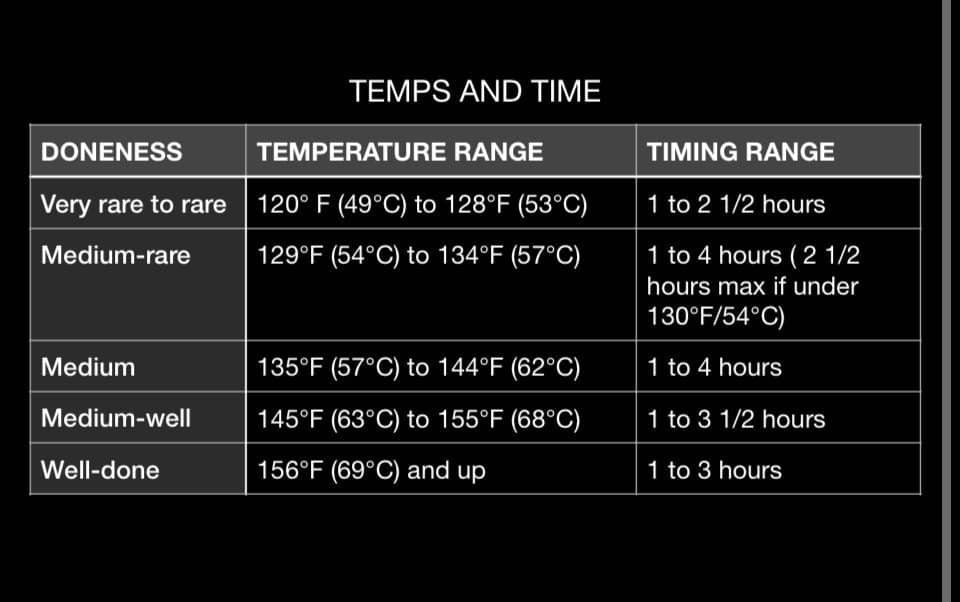
Tenderloins and filets do not contain fat and risk drying out. The timing below is for 1 1/2 to 2-inch steaks. For the most tender bite, cook to very rare to rare range.

My favorite time and temperature for sous vide ribeye is at 132°F for 2-3 hours, which gives it a perfect medium-rare ribeye.
SEARING YOUR STEAK
After removing your sous vide steak from the water bath, place your steak in a bowl of ice water to stop the cooking process. This is also for food safety. If you are not searing right away, place in refrigerator until sear.
Preheat your cast iron skillet on high and add 1 tbsp of oil. I like using an oil with high smoking points like grapeseed oil. As soon as it starts to smoke, gently place your steak on the skillet. I like to add butter at this point and spoon the butter on top of the steak.
Sear for no more than 1 minute to prevent overcooking. Reverse and sear the other side. Using tongs, sear the sides of the steaks for about 45 minutes. Save the fat and juices.
Remove your steak and set it on a wire rack. There is no need to rest your steak but some do. I usually rest my steak on a wire rack while I prepare the other things or set the table. When you are ready to serve, reheat the fat and juices in the pan and pour over the steak. Finish with flaky sea salt.

WHAT YOU WILL NEED:
- 2 steaks of your choice, about 1-2 inches
- Kosher salt and freshly ground black pepper to taste
- 1 tablespoon grapeseed oil or avocado oil
- 1 tablespoon unsalted butter
- Flaky sea salt to finish
Step 1:
Preheat your sous vide precision cooker to the desired time.
Step 2:
Add water to your stockpot or container, ensuring that there is enough water for your meat to submerge.
Step 3:
Season your steak generously with salt and pepper. You may also add aromatics like rosemary or garlic. Place your steak in a plastic bag and vacuum seal or use the water displacement method to seal.
Step 4:
Drop the bag into your prepared pot or container and cook according to time
Step 5:
Remove your steak and place it in an ice bath to stop cooking.
Step 6:
If searing immediately, remove the steak from plastic bag and pat your steak with paper towels.
Step 7:
Preheat your cast iron on high and add oil.
After your skillet starts to smoke, place the steak on the skillet using a tong. Add the butter and spoon the butter over the steak. Flip and sear the other side, spooning butter. Sear for less than 1 minute on each side.
Step 8:
Sear for 45 seconds on the sides. Remove your steak and place it on a wire rack. Finish with flaky sea salt.
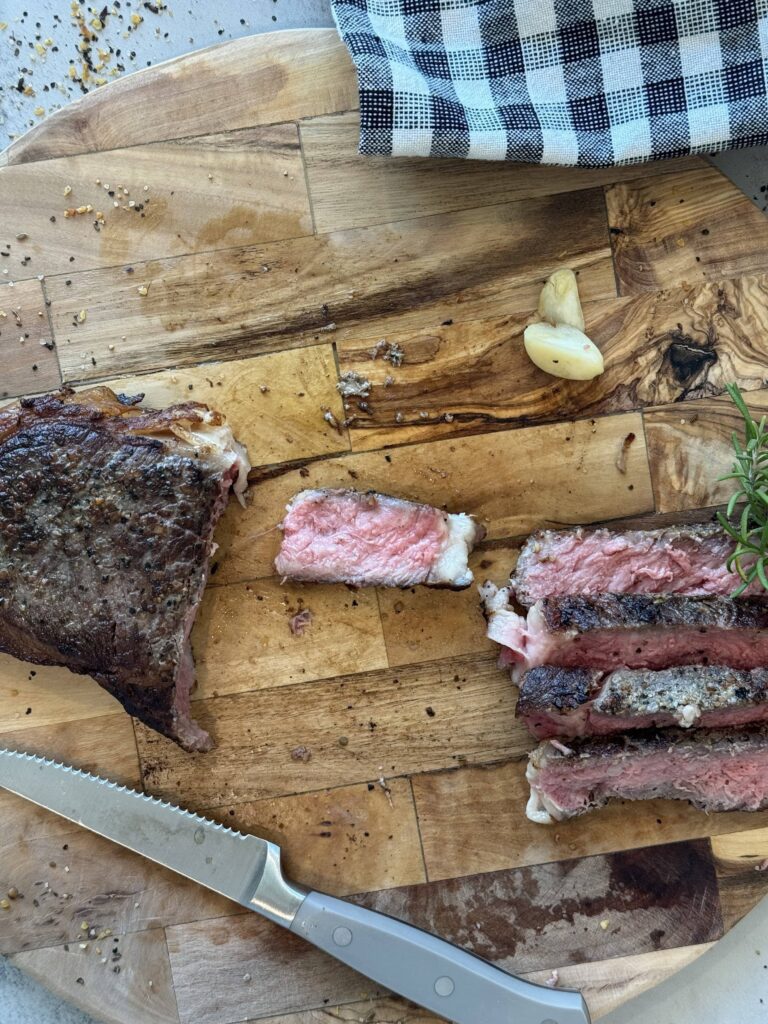
✅ Quick Tips: Read the recipe in its entirety before you start cooking. This will help you understand the ingredients, steps, and timing involved, and allow you to prepare any necessary equipment or ingredients beforehand.

Sous Vide Steak
Ingredients
Nutrition Facts
Servings 2
- Amount Per Serving
- Calories 195kcal
- % Daily Value *
- Total Fat 15g24%
- Saturated Fat 6g30%
- Trans Fat 0.1g
- Cholesterol 51mg17%
- Sodium 40mg2%
- Potassium 203mg6%
- Total Carbohydrate 0.002g1%
- Sugars 0.002g
- Protein 15g30%
- Calcium 6 mg
- Iron 1 mg
* Percent Daily Values are based on a 2,000 calorie diet. Your daily value may be higher or lower depending on your calorie needs.


